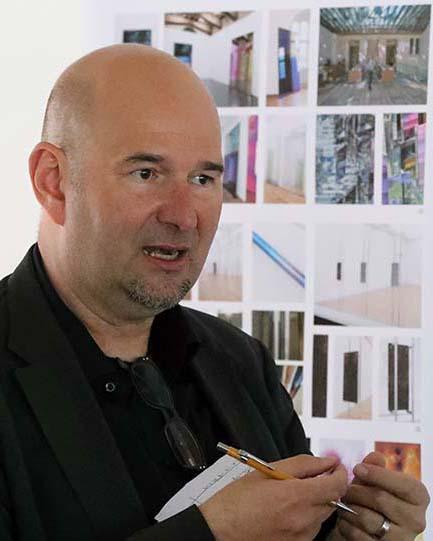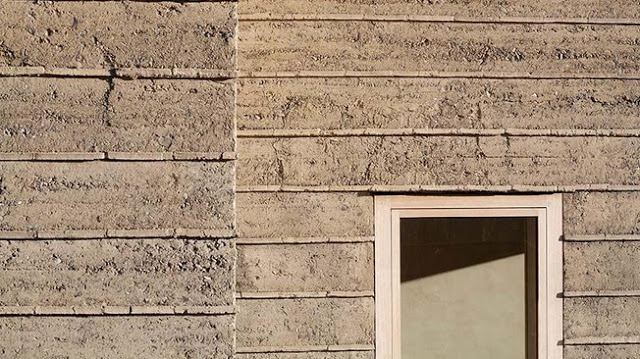

| Online: | |
| Visits: | |
| Stories: |

| Story Views | |
| Now: | |
| Last Hour: | |
| Last 24 Hours: | |
| Total: | |
4000-Year-Old Rammed-Earth Construction Sees Revival, First Known Use in Hannibal’s Fortifications
Through an exhibition and two semester-long courses, École polytechnique fédérale de Lausanne (EPFL) is paying tribute to a forgotten art: that of making buildings out of earth. The aim is to demonstrate how this age-old technique can still play a role in contemporary architecture.
What makes rammed earth different from other construction techniques?
The technique uses earth, so it goes without saying that it is extremely sustainable. The environmental impact is minimal, as the earth is extracted directly on the building site. Earth also has some other interesting properties: it is a natural humidity regulator; it acts as a barrier for noise and cell-phone signals; and it has the right consistency to be extremely weather-resistant. So, from an ecological standpoint, earth has some really compelling qualities, even if it is thought of as an archaic and rustic material. We just have to rediscover its potential.

Why is it that the rammed-earth method has all but disappeared from construction?
During the Industrial Revolution, earth became associated with poverty; it was for the lower classes, unlike newer materials such as concrete, steel and bricks. The techniques for building with earth were complex and time-consuming, as each block of earth has to dry out before the next one can be placed on top of it. A lot of the know-how about this method has now died out. There is, however, a long tradition of building with this technique in Europe, especially in the Rhône-Alpes region of France. In the 17th century, the method was particularly prevalent there and influenced other places like Switzerland, although that’s all been forgotten. The situation has changed now: earth has become a noble building material that is now costly and not very widespread.
Are there any recent buildings where this technique was used?
Ricola’s Maison des Plantes in Laufen, near Basel, is one interesting example. It was built in 2014 by Herzog & de Meuron, who used an innovative manufacturing process. The earth components were prefabricated in a factory, reducing the construction time to that of a normal house. However, the building still contained concrete. The most radical example is the Rauch House, built in Austria in 2008.
What research have you carried out with the first-year Master’s students here at EPFL?
In the first semester, we tried to develop the rammed-earth technique, using Lausanne as a case study. We looked at ways of prefabricating the earth blocks in order to make the method more accessible. The students also tested hybrid systems that combine earth with concrete, steel, or wood, and even invented new systems with new materials.There’s still so much to discover! It’s an extremely educational subject, as the students really have to think outside the box. We also looked at ways of building houses that use earth as the main load-bearing material. To develop our ideas, we got help from two engineers, Jürg Conzett and Corentin Fivet [a professor in the Smart Living Lab in Fribourg]. This semester, the students will have to design a pavilion on the historical Sittertal site in St. Gallen. The site has a great tradition of rammed-earth construction. The best idea will be built over the summer with the students, in cooperation with Sitterwerk, a local association at St. Gallen that brings together artists, craftspeople, and researchers.
École polytechnique fédérale de Lausanne (EPFL)
Source:



